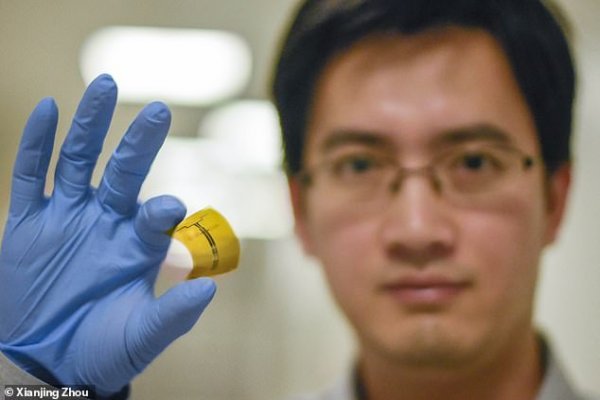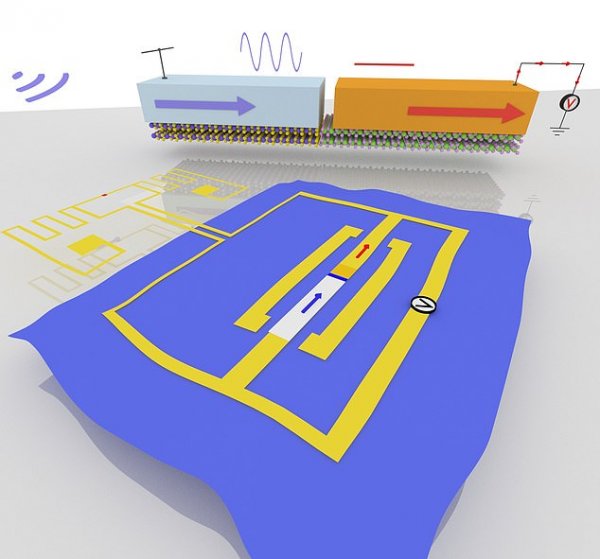According to the "Daily Mail" report on January 28, scientists have invented a machine that converts Wi-Fi signals into electrical energy and can power the device without batteries. This is a small two-dimensional device powered only by passing Wi-Fi waves.

Researchers claim that Wi-Fi can become a widely used power source thanks to an advanced semiconductor that converts signals into useful direct current (DC). An antenna device called a "rectified antenna" can convert alternating current (AC) waves into a DC voltage, which is very useful for electronic devices. The new rectifier antenna can capture Wi-Fi waves carrying Wi-Fi and use semiconductors to convert it into wireless energy.
A research team from MIT said the device can power large electronic devices, wearable devices and even medical devices to provide data to doctors. Professor Tomás Palacios, co-author of the study, said: "We have come up with a new way to power the electronic systems of the future by collecting Wi-Fi energy in a way that is easy to integrate in a large area to provide us with Every object brings intelligence. "Rectifier antennas use radio frequency antennas to capture electromagnetic waves carrying Wi-Fi in the form of AC waves and then connect them to flexible two-dimensional semiconductors.

This AC Wi-Fi signal is transmitted to the semiconductor and converted to DC voltage, which can power electronic circuits or charge batteries.
This conversion requires a device called a rectifier, but most traditional rectifiers are heavy and inflexible. Researchers at MIT used molybdenum disulfide (MoS2) to solve this problem. Molybdenum disulfide is an ultra-thin extensible material and one of the thinnest semiconductors in the world.
Researchers claim that semiconductors are flexible and can be manufactured using a "roll-to-roll process" to cover a relatively large area, even walls or ceilings. Early applications of rectifier antennas include providing power to the "Internet of Things", such as wearable electronic devices, medical devices, sensors, vehicles, and other device networks, as well as household appliances including electronic devices, software, actuators, and connectors.
The study's co-author, Jesús Grajal, a researcher at the Madrid Polytechnic University, said that it may also be used for data communication in implantable medical devices. For example, develop a pill that can be swallowed by a patient and can transfer health data back to a computer for diagnosis.
Dr. Grajal said: "Ideally, people do not want to use batteries to power these systems, because if they leak lithium, the patient will die and get energy from the environment. It is much better to do so." : Li Zongze)
Oil Water Separator,Oil And Water Separator,Water Oil Separator System,Industrial Oil Water Separator
FRANCOOL TECHNOLOGY (SHENZHEN)CO., LTD , https://www.francoolcn.com